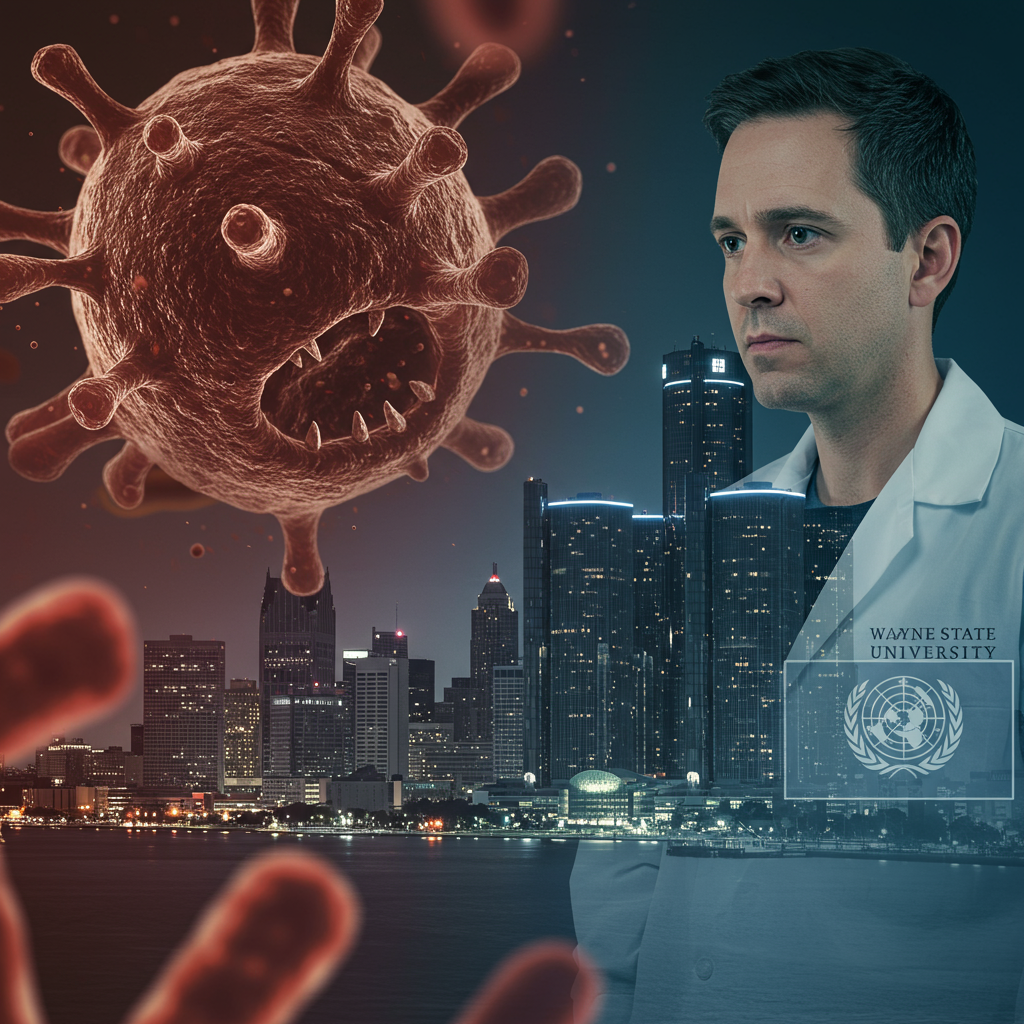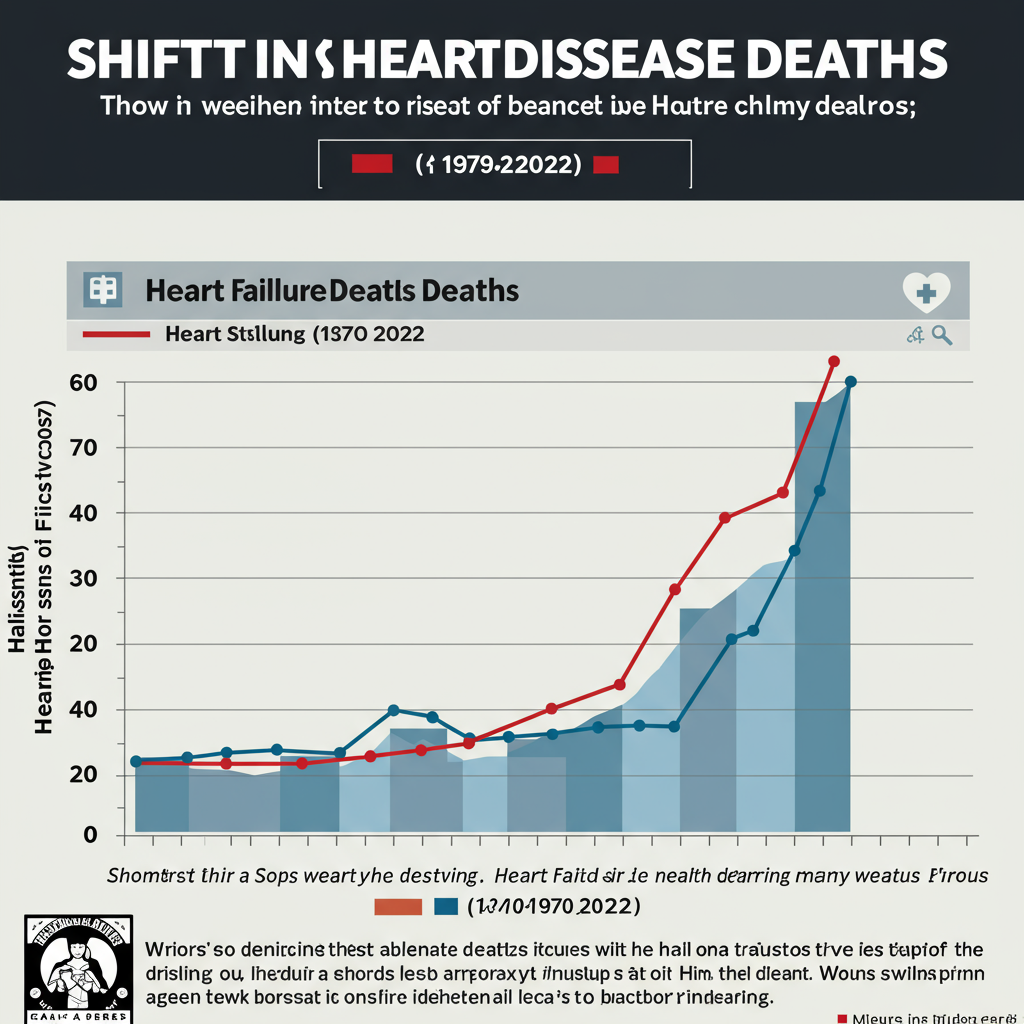A silent, escalating health crisis threatens communities worldwide, from bustling global cities to local neighborhoods. The World Health Organization (WHO) has issued a dire warning: drug-resistant bacteria, often called “superbugs,” are rapidly undermining life-saving medical treatments. This growing challenge, which Wayne State University researchers have highlighted for years, poses an especially acute risk in places like Detroit. Understanding this threat and how to combat it is crucial for global health.
The Global Surge of Drug-Resistant Bacteria
New data reveals a sobering global reality. According to a recent WHO report, one in six laboratory-confirmed bacterial infections across more than 100 countries in 2023 resisted antibiotic treatments. This isn’t a static problem; antibiotic resistance rose in over 40% of monitored pathogen-antibiotic combinations between 2018 and 2023. In some African nations, this figure soared above 70%.
This widespread increase in antimicrobial resistance (AMR) gravely compromises medical capabilities. Simple infections become untreatable. Critical procedures like surgeries become riskier. Dr. Tedros Adhanom Ghebreyesus, WHO Director-General, warned that AMR is “outpacing advances in modern medicine.” This creates a future where common ailments could once again be deadly.
The U.S. Perspective: Rising Hospital Threats
While the U.S. doesn’t face the same severe rates as some other regions, the trend is alarming. A July 2024 U.S. Centers for Disease Control and Prevention (CDC) report noted a 20% combined increase in six bacterial AMR infections within U.S. hospitals during the COVID-19 pandemic. This compares to pre-pandemic levels. The report also highlighted a nearly fivefold rise in Candida auris cases from 2019 to 2022. This antifungal-resistant yeast spreads easily in healthcare facilities.
Overall, the CDC estimates over 2.8 million AMR infections occur annually in the United States. Tragically, more than 35,000 Americans died from these infections in 2019 alone. Globally, the impact is even more devastating. A Lancet medical journal report linked AMR to nearly 5 million deaths worldwide in 2019. These figures underscore the urgent need for action.
Detroit: A Unique Battleground Against Superbugs
The superbug threat is particularly pronounced in Detroit. Researchers like Dr. Teena Chopra, an infectious diseases expert at Wayne State University School of Medicine, emphasize the gravity of the situation. Detroit’s unique combination of social and health challenges makes its population especially vulnerable.
The city is one of America’s most impoverished major cities. It has a majority Black population. These demographics often correlate with higher rates of chronic health conditions like obesity, diabetes, and high blood pressure. These conditions frequently necessitate antibiotic use. If these essential drugs lose effectiveness, the underlying diseases can become fatal. This creates a disproportionate burden on the community.
Historical Context and Current Vulnerabilities
Detroit also has a historical connection to drug resistance. One of the first reported outbreaks of community-associated methicillin-resistant S. aureus (MRSA) occurred there in the early 1980s. This early outbreak involved intravenous drug users and patients with other medical conditions. These events underscore a long-standing vulnerability. Dr. Chopra and other Wayne State experts stress that stopping the spread of drug-resistant bacteria is critical, especially in Detroit and southeast Michigan.
The WHO’s report also detailed rising global resistance to 22 common antibiotics. Annual increases averaged 5% to 15% from 2018-2023. Alarmingly, 40% of E. coli infections and 55% of K. pneumoniae infections are now resistant to first-choice treatments globally. The CDC also reported a staggering 460% surge in NDM-producing carbapenem-resistant Enterobacterales in the U.S. between 2019 and 2023. These pathogens can cause severe bloodstream infections, leading to sepsis, organ failure, and death.
The Economic and Social Costs of Resistance
The financial burden of AMR is immense. Treating infections caused by just six common drug-resistant germs in U.S. healthcare settings costs over $4.6 billion annually, according to CDC studies. This financial strain impacts healthcare systems and individual patients. Beyond economics, the social disparities further exacerbate the problem. Lack of access to healthcare means people often delay treatment. This allows infections to worsen and spread more easily.
Geographically, the WHO report found the highest antibiotic resistance in South-East Asian and Eastern Mediterranean regions. There, one in three reported infections was resistant. In the African region, one in five infections resisted treatment. This uneven distribution highlights global inequities in healthcare and antibiotic stewardship.
Understanding the Roots of Drug Resistance
The rise of drug-resistant bacteria is not accidental. It stems from a confluence of factors:
Antibiotic Overuse and Misuse: This is a primary driver. Over-reliance on antibiotics for human illnesses, even when inappropriate (e.g., for viral infections), creates selective pressure. Bacteria evolve to survive. The widespread use of antibiotics in farm livestock also contributes significantly to this problem.
Environmental Factors: Pollution plays a role. Contact with resistant microorganisms in polluted water, soil, and air can transfer resistance genes. This allows bacteria to develop resistance to common antibiotics.
Social Disparities: As Dr. Chopra points out, lack of access to doctors means some individuals don’t receive timely or appropriate treatment. This allows bacteria to proliferate and spread, making the problem worse in underserved communities.
Michigan Chief Medical Executive Natasha Bagdasarian notes that bacteria began developing resistance as soon as antibiotics were introduced. Now, multiple classes of bacteria resist multiple types of antibiotics. This continuous evolution makes the fight against superbugs complex.
Charting a Course: Solutions to the AMR Crisis
Addressing this complex public health threat requires a multi-pronged, collaborative approach. Experts from the WHO, CDC, and Wayne State University propose several critical strategies:
Empowering Individuals and Healthcare Professionals
Responsible Antibiotic Use: Patients should only use antibiotics when prescribed by healthcare professionals. It is vital to complete the full prescribed course, even if symptoms improve.
Prudent Prescribing: Doctors must use antibiotics responsibly. This includes avoiding them for viral infections. Overuse directly fuels resistance.
Early Detection and Treatment: Seek medical attention promptly for infections. Faster diagnosis leads to more effective treatment and prevents spread.
Infection Prevention: Basic hygiene, like handwashing and vaccination, remains paramount. Preventing infections reduces the need for antibiotics.
Strengthening Healthcare Systems and Policies
Antibiotic Stewardship Programs: These programs, common in most U.S. hospitals, educate doctors and pharmacists on appropriate antibiotic use. They aim to prevent resistance, improve patient outcomes, and preserve antibiotic effectiveness.
Enhanced Data Generation: Reliable data, especially from underserved areas, is crucial. The WHO warns that nearly half of reporting countries still lack robust data systems. More data by 2030 can inform better treatments and policies.
Federal Funding for Research: Increased investment in research is essential. This includes developing novel antibiotics and rapid, point-of-care molecular tests. Incentives for pharmaceutical innovation are also critical.
- Legislation and Global Standards: Legislation requiring scientists to check for and report resistant bacteria can improve surveillance. Worldwide standards on antibiotic use for livestock are also needed to curb resistance development in agriculture.
- Use antibiotics only when prescribed: Never demand antibiotics for viral infections (like colds or flu).
- Complete the full course: Always finish all prescribed antibiotics, even if you feel better. Stopping early can allow resistant bacteria to survive.
- Practice good hygiene: Regular handwashing, food safety, and getting recommended vaccinations help prevent infections, reducing the need for antibiotics.
- Avoid sharing antibiotics: Do not use leftover antibiotics or share them with others.
- Seek early medical attention: Prompt diagnosis for infections can ensure appropriate treatment, preventing worsening conditions and potential spread.
- www.detroitnews.com
- www.detroitnews.com
- www.detroitnews.com
- www.detroitnews.com
- www.detroitnews.com
Dr. Bagdasarian emphasizes avoiding a future where bacterial infections become untreatable. This requires collective effort at individual, institutional, and global levels. The fight against drug-resistant bacteria is a race against time, demanding immediate and sustained action.
Frequently Asked Questions
What exactly are superbugs, and why are they so dangerous?
Superbugs are strains of bacteria, viruses, fungi, and parasites that have evolved to resist the medications designed to kill them. They are dangerous because they make common infections, once easily treatable with antibiotics or antifungals, incredibly difficult or impossible to cure. This can lead to longer hospital stays, increased medical costs, and higher mortality rates. For example, the WHO reported that one in six lab-confirmed bacterial infections worldwide in 2023 were resistant to antibiotic treatments, putting millions at risk.
How can individuals help combat the rise of drug-resistant bacteria?
Individuals play a crucial role in preventing further antimicrobial resistance. Key actions include:
Why is Detroit particularly vulnerable to drug-resistant infections?
Detroit faces an acute superbug threat due to a combination of social and health factors. The city’s high rates of poverty, a majority Black population, and greater prevalence of chronic health conditions like obesity, diabetes, and high blood pressure contribute significantly. These chronic conditions often necessitate frequent antibiotic use. When these antibiotics become ineffective due to resistance, it disproportionately impacts the health outcomes of vulnerable populations. Furthermore, Detroit has a historical precedent, experiencing early outbreaks of drug-resistant bacteria like MRSA in the 1980s, highlighting a long-standing susceptibility.
Conclusion
The escalating threat of drug-resistant bacteria is a profound public health crisis. It demands our immediate attention and collective action. From the global warnings issued by the WHO to the localized struggles in places like Detroit, the message is clear: our ability to treat common infections is at stake. By understanding the causes of antimicrobial resistance and committing to responsible antibiotic use, innovative research, robust surveillance, and equitable healthcare access, we can safeguard the future of modern medicine. The time to act decisively against superbugs is now, ensuring a healthier future for everyone.




